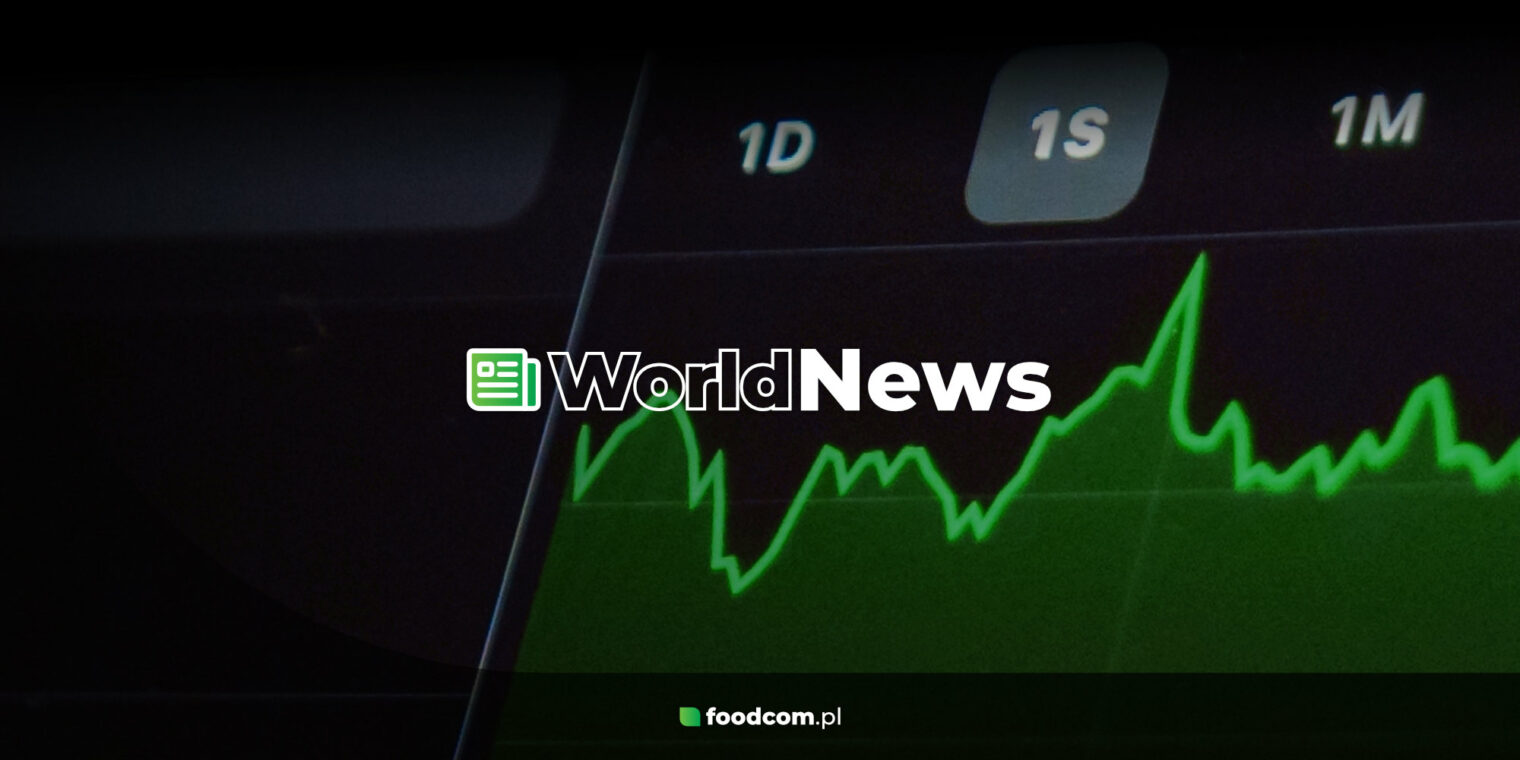- U.S. wheat prices have fallen to a four-year low due to global oversupply, significantly impacting farmer profits despite optimal yields.
- Persistently high equipment and transportation costs exacerbate financial pressures, making it difficult for farmers to break even.
- Intense global competition from cheaper Black Sea and European wheat is further reducing the US market share and farmers’ incomes.
Even top crops can’t guarantee profitability
The outlook for US wheat farmers in 2024 is bleak, with global oversupply driving prices to a four-year low while equipment and transportation costs remain high. Despite harvesting their best crop in years after a severe drought, many Great Plains farmers, especially winter wheat growers, are likely to incur losses. Chris Tanner of Kansas pointed out that he will need to harvest an additional 10 bushels per acre to break even. Cash prices in the states are between $5 and $5.80 per bushel, well below the break-even price of $6.26 per bushel.
Competitive global market exacerbates domestic challenges
The highly competitive world market makes the situation even more complicated as cheaper wheat from the Black Sea and Europe dilutes the US market share. The USDA expects winter wheat acreage to decline by 7% and forecasts that US farm income will fall by almost USD 40 billion in 2024, underscoring the difficult economic conditions for farmers. High operating costs and inadequate crop insurance payouts are forcing many farmers to continue growing wheat, which is necessary for crop rotation, despite low profitability. This scenario paints a bleak picture of the immediate future of the agricultural sector in the US.



![Harvest highlights: your guide to this week’s plant-based buzz! [60th Foodcom PLANT-BASED Newsletter] Harvest highlights: your guide to this week’s plant-based buzz! [60th Foodcom PLANT-BASED Newsletter]](https://foodcom.pl/wp-content/uploads/2024/06/Foodcom_SA_Plant-Based_Newsletter_9-600x300.jpg)

![Trends in the market for plant-based products and the hidden risks behind stable prices [76th Edition of the PLANT-BASED Newsletter] Trends in the market for plant-based products and the hidden risks behind stable prices [76th Edition of the PLANT-BASED Newsletter]](https://foodcom.pl/wp-content/uploads/2023/08/Foodcom_Plant-Based_Newsletter-600x300.jpg)


